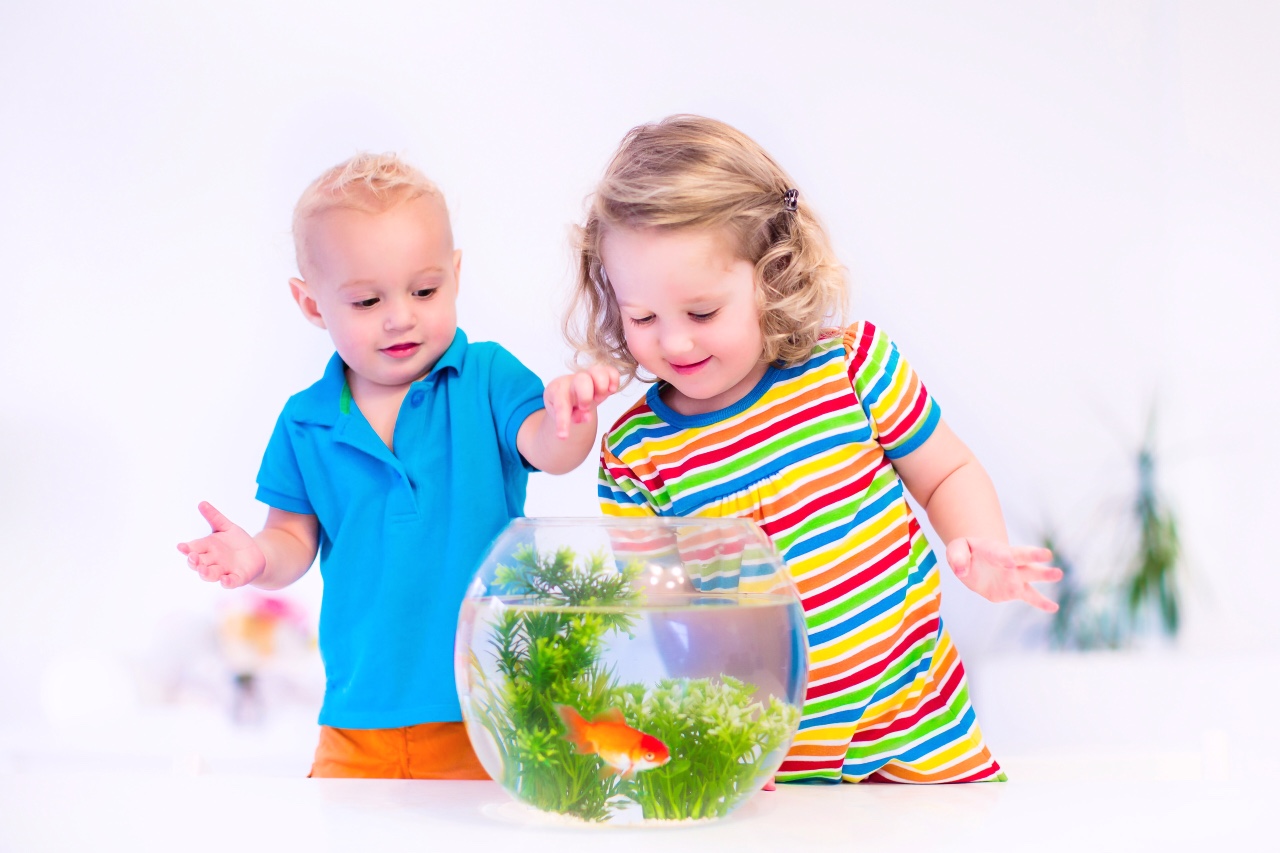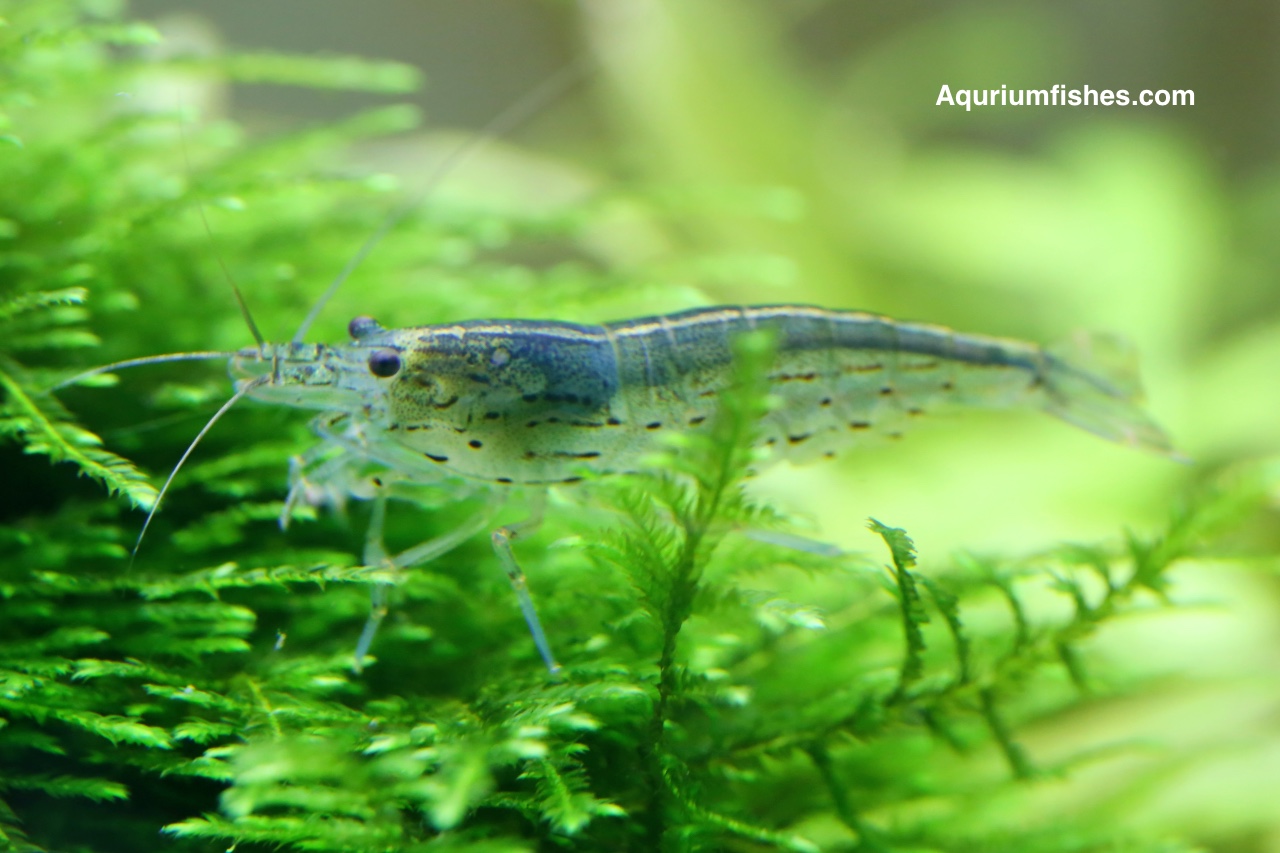Shop-bought foods contain plenty of nutrients that provide an excellent diet to your fish. But usually, these foods are expensive and prepared by using a lot of chemicals and artificial nutrients.
Making your own fish food is a healthy way of providing a good diet and keep them thriving. You can tailor these foods in your way to offer exact dietary requirements to your fish.
Giving homemade fish food recipe is a cost-effective and best way to ensure the sustainability of your fish. It is easy to prepare food for fish at home. The process of making your own fish food is also a lot easier than most people believe.
In this homemade fish food guide, you will learn how to make fish food, what is fish food made of, and the required ingredients, plus your fish’s requirement.

Tips to Prepare Homemade Fish Food
You should have the knowledge of what can you feed fish before reading our homemade fish food recipes.
You can’t provide the same food to all the fishes as each fish’s food requirement may vary from others. But the recipes, we provided below can be modified to suit your fish’s need.
Before starting the preparation of fish food, we will advise you to check your current store-bought food ingredients list. Take it as a model for creating your own fish food.
First, pick out the top three or four ingredients before starting the preparation. Most of these foods contain ingredients like Cod, Shrimp, and Salmon.
Don’t add the same type of fish food to your fish’s diet daily. The fishes are habitual of having various foods in the wild, and this variation also keeps them engaged and excited during the feeding period.
You can prepare a few of these recipes at home and provide your fish. Your pet may not like or eat some of them as some fishes are picky eaters.
To overcome this situation, you can try increasing or decreasing some ingredients and finding the sweet spot of your fish.
Equipment Required to Prepare Homemade Fish Food
To prepare fish food, you will need the following –
- A Good Quality Blender
- Your Ingredients
- A Sharp Knife
- A Freezer
- A Pan
- Ice Cube Trays
What Do Fish Eat?
It is not possible to feed the same food to different fish breeds as their requirements may vary. Some fishes are herbivores, some are carnivores, and others may eat both (omnivores).
These differences are specific to their species and not a lifestyle preference.
What type of food do fish eat?
Before making fish food or feeding anything, you must know the specific requirement of your fishes and which type of eater they are.
Let’s look at the types of fish food briefly.
Herbivores: These fishes only eat plants but play an essential role in keeping the aquatic ecosystem healthy. They will also eat up all the algae accumulated in your tank. Most Pleco species follow an herbivorous diet.
Omnivores: These fishes fondly feed on both meat and plant. Most fishes of the aquarium culture are omnivores, including Rainbow Sharks.
Carnivores: These fishes only take meat, including small fishes, in their diet. Discus is a perfect example of this.
Is there any alternative fish food? What can you feed fish other than fish food?
What does fish like to eat?
Plant food
Leafy green veggies carry minerals and vitamins that are an excellent source of nutrients for your fish. The fishes usually eat live aquatic plants in the wild, and leafy vegetables can mimic the same in the home aquarium.
Kale, Spinach, Lettuce, and Seaweed are excellent examples of this.
You can also add plants for your fish to eat in the aquarium. Cabomba, Limnophilla, and Egeria are some live water plants to include. Vegetables and Fruits carry essential nutrients needed by the fish.
You can feed a combination of these foods, including pears, apples, peas, and broccoli. Usually, you must boil or blanch the vegetables before feeding your fish, but some can be fed raw.
Did you know fish also like garlic?
Garlic carries a lot of anti-bacterial properties that are necessary for keeping your fish healthy. It will also increase the appetite of your fish. If you want to use it for its properties, crushing and applying the garlic juice/oil on the food will be enough.
Alternatively, you can also dice it and add in any homemade food recipe.
Meat
Many fish fondly feed on other small fishes. The most popular type of fish food includes salmon, trout, cod, and tuna. Earthworms are another excellent addition to homemade fish food.
They are packed in nutrients, and you can buy them at an affordable cost.
Other aquatic animals to include for your fish food are larvae, squid, mussels, and brine shrimp. You can quickly get live, frozen, or fresh fish food from the market.
If you are getting live fish food, keep the feeding duration only for 5 minutes. After that, remove the rest of them to avoid rotting.
Including a little fat in your fish’s diet will not harm them in any way. A carnivorous fish can have a 6% fat concentration in their diet. But feeding high-content fat food can damage their liver.
DIY Fish Food Recipes
Here is a list of some DIY fish food recipes to include in your fish’s diet. But remember that you can make changes to them to suit your fish’s needs. It is okay to increase or decrease the dosage of all ingredients.
You can also try adding vitamins and supplements to your fish intake.
1. Standard Homemade Gelatin Fish Food
It is the easiest and standard fish food recipe to prepare. You can quickly and easily prepare it at home and even store it in the freezer for using it later.
Ingredients:
- 3 cups of Vegetables
- 2 Sachets of unsweetened gelatin
- ½ Clove of Garlic
- ½ Cup of Seafood
- A drop of fish vitamins
Instructions:
- Chop all the vegetables and cook them (you can either boil or steam them). Prepare the vegetable puree by adding seafood and garlic. Cook it until you get a mushy consistency, and then add the vitamins.
- Boil the water for preparing gelatin, and once done, add only the amount mentioned on the packet. Then add the gelatin mix gradually into your vegetable mix.
- You can store this by tipping the mixture either in a cube tray or on thin baking sheets. Then freeze it until you can use it again.
2. Herbivore Fish Food
For plant-eaters of the tank, you can prepare the following recipe. The non-meat eaters will fondly feed on them.
Ingredients:
- Spinach
- Frozen Peas
- Oats
- Cucumber
- Unflavored gelatin
Instructions:
- Blanch the vegetables mentioned above and pureed them until they become mashy. If you don’t have the vegetables mentioned above, you can use any other available at your home.
- Then add the oats to it.
- Take another bowl to mix the gelatin with hot water, only the amount mentioned on the packet. Once prepared, add the gelatin to the vegetable mix.
- Store the mixture in the ice cube or large muffin tray, and cut off a piece whenever you want to feed your fish.
3. Meaty Fish Food
This food is rich in protein and meat, a perfect dish required by most fish species.
Ingredients:
- Unflavored gelatin
- Whitefish
- Any vegetables (such as spinach, broccoli, carrots, peas)
- Shrimp
- Beef heart
Instructions:
- Cook the vegetable and blend them until you get a smooth consistency.
- Remove the shell and add beef heart, shrimp, and whitefish to a blender.
- In another bowl, mix gelation (amount mentioned on the packet) with hot water.
- Combine all the ingredients.
- Store the mixture in the freezer by tipping it to the ice cube tray.
4. High Protein Fish Food
This recipe is excellent for someone looking to add a specific amount of ingredients to the recipe instead of determining it on their own.
Ingredients:
- 500g frozen peas
- 500g spinach
- 300g carrots
- Gelatin
- Two cloves of garlic
- 1000g of raw shrimp (tail removed, unpeeled)
- 200g of salmon (tinned or fresh seawater salmon)
Instructions:
- Cut the shrimp, salmon, spinach, and carrots into small pieces and blend them into a mixture. Add a little water if the consistency of the batter is too thick.
- Take a pan and mix the gelatin in 2L of hot water. Once prepared, add the rest of the ingredients to it.
- Heat this mixture on low flame for around 30min-1 hour or until everything is cooked.
- Tip this mixture into a small ice cube tray to store it and use whenever needed.
5. No-Cook Fish Food Recipe
It is another quick and easy to make recipe, but it requires no cooking. It will be ready within 30 minutes.
Ingredients:
- Spinach
- Cucumber
- Peas
- Crab
- Shrimp
- Cod
Instructions:
- Chop the ingredients mentioned above in small pieces and blend them. If the mixture is too thick, add water to it.
- Take another bowl to prepare a gelatin mix. Once done, add it to the previously prepared mixture. Pour it into the ice cube tray and store it in the freezer.
Summary
If you have stored frozen fish food properly, it can last up to 12 months in the freezer. Once the mixture has frozen into cubes, you can transfer them to an airtight container or a sealed bag.
You can add these crushed ice cube pieces and feed them to your fish. One ice cube is enough to provide food for a moderately stocked 50-gallon tank. If you are introducing new foods, don’t forget to offer them the food they are habitual of.
To do so, add regular food to their diet in the morning and then new food in the evening. Once your fish become habitual of homemade food, you can switch to them.
We will advise you to keep variations in your fish’s diet by altering the recipes once every few months. You will have fun experimenting with these quick and easy to prepare recipes.
Even your fish will appreciate the difference!
Have you ever tried making homemade fish food recipes before? Do you have any food suggestions for us? Let us know through your comments.



